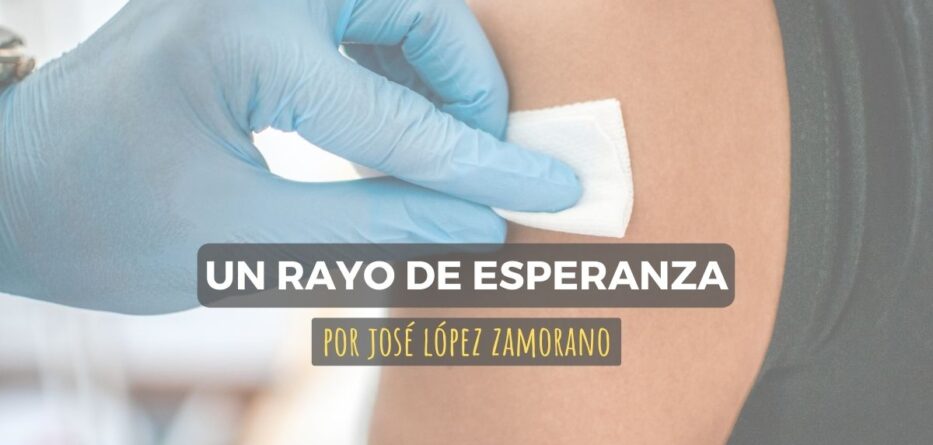By the time you have read this column, about half of all people aged 16 and older in the United States will have been vaccinated with at least one dose of the various COVID-19 vaccines. All adults are now eligible to get vaccinated as of April 19. And in a single day, a record of more than 4 million people vaccinated in the United States against COVID-19 was achieved.
They are evidence of a ray of hope on the horizon. And perhaps no one needs it more than our Hispanic community.
The good news is a testament not only to the advancement of science, the extraordinary level of cooperation and collaboration between the federal government and state governments for unprecedented mass distribution, but also the deep sense of collective responsibility of all communities.
The other side of the coin is that a new report from the Centers for Disease Control and Prevention (CDC) documents the existence of a worrisome reality that deserves the highest priority: Adults of Hispanic origin accounted for the highest number of deaths from the COVID-19 pandemic in the United States during 2020.
Nearly 70,000 Hispanics died during the first year of the COVID-19 pandemic, representing a rate of 164.3 deaths per 100,000 residents. By comparison, non-Hispanic whites had a death rate from the pandemic of 72.5 cases per 100,000 residents.
Although the net rate of Hispanic adults killed by the pandemic was about 18.1%, equivalent to the demographic proportion of Hispanics nationwide, when factors such as age are considered, the rate jumps 40.6% for Latinos under 24 years of age, 41.8% for those between 25 and 34 years old.
We all know why: Hispanics are overrepresented in the essential jobs economy, where every day we risk our lives on the front lines, in the fields, in the meatpacking plants, and in many industries that require hands-on intensive work and physical presence.
If we add to this photograph the social determinants of health that in many cases prevent us from keeping the appropriate physical distance in our homes because we live in crowded conditions or in the company of multiple families to pay the rent, we begin to see the outlines of a storm perfect for public health.
To complicate matters, the distribution of vaccines has failed to meet minimum standards of equity. As of the end of last month only 9% of Hispanics had been vaccinated. In states like Kentucky less than 2% of Hispanics have been vaccinated.
Fortunately, the level of doubt in our community about COVID-19 vaccines has decreased since December, according to a survey by the Kaiser Family Foundation. But still, many complain of not having enough information on how to complete the process. To do this, the Biden administration launched the multilingual “We Can Do This” campaign to raise the public’s and the most vulnerable communities’ confidence in vaccines.
Now it is up to ALL of us to help dispel indecision among our family members, friends, neighbors, or coworkers, with scientific data that neutralizes the wave of misinformation that spreads in social networks; help register our people and take them to vaccination sites when they have no means of transportation.
Stopping the pandemic is too important a challenge to be left to the authorities alone.
For more information visit www.laredhispana.com.






